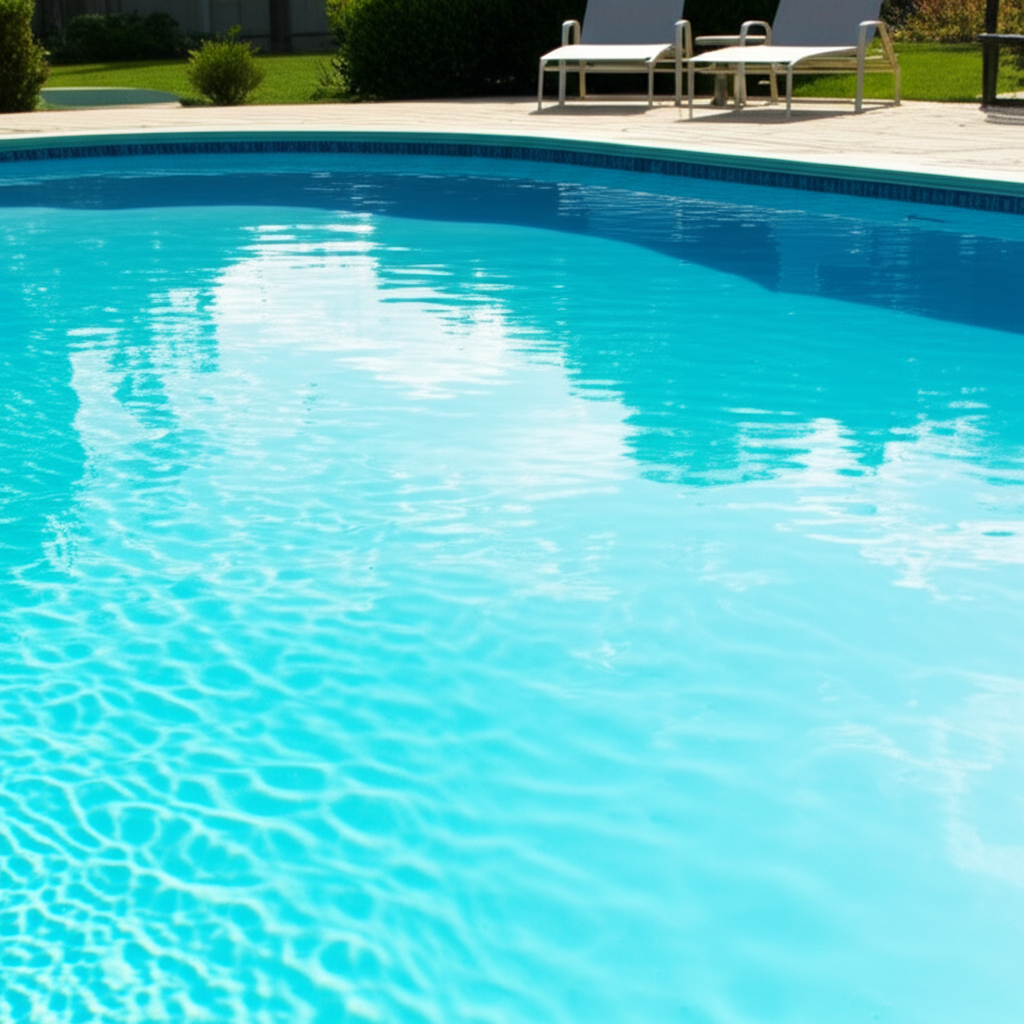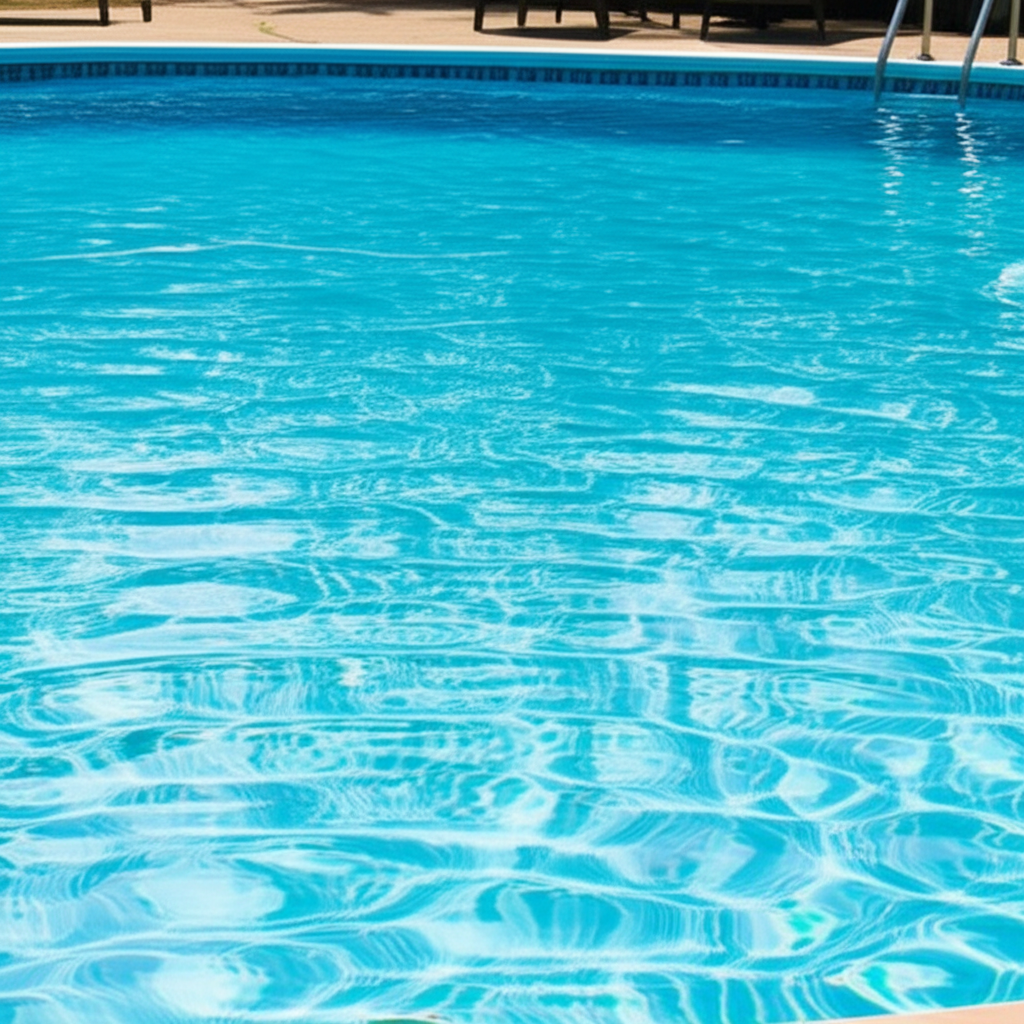- Why Does Your Pool Go Cloudy After Shocking? Understanding Post-Shock Problems
- Diagnosing Your Cloudy Pool: The Immediate Assessment
- The Post-Shock Cloudy Pool Fix: A Step-by-Step Guide
- 1. Optimize Your Filtration System
- 2. Balance Your Water Chemistry
- 3. Utilize Clarifiers or Flocculants
- 4. Address Specific Debris
- 5. Be Patient and Persistent
- Preventing Future Cloudy Pool Post-Shock Problems
A cloudy pool, especially after a fresh shock treatment, can be incredibly frustrating for any pool owner. What’s meant to be a rejuvenating process often leaves behind a milky, opaque haze that spoils the visual appeal and raises concerns about water quality. This common “post-shock problem” signifies that your pool’s purification process isn’t quite complete, or perhaps some aspects of your water chemistry are out of balance.
Why Does Your Pool Go Cloudy After Shocking? Understanding Post-Shock Problems
When you shock your pool, you’re introducing a high dose of chlorine (or another oxidizer) to rapidly kill off bacteria, algae, and other organic contaminants. While this is essential for sanitization, it can often lead to a cloudy appearance for several key reasons:
1. Dead Algae and Organic Matter: The most common culprit. Shock kills living organisms, turning them into tiny, suspended particles. Your filter needs time to collect these.
2. Oxidized Contaminants: Shock also oxidizes non-living organic materials (sweat, lotions, leaf tannins). These oxidized particles can remain suspended, contributing to cloudiness.
3. High Calcium Hardness: If your pool has high calcium hardness and you use a calcium hypochlorite (cal-hypo) shock, the sudden increase in calcium can cause it to precipitate out, leading to white cloudiness.
4. pH Imbalance: Adding shock can sometimes significantly alter your pool’s pH, pushing it out of the ideal range (7.4-7.6). An elevated pH can cause calcium carbonate to precipitate, leading to cloudiness.
5. Total Dissolved Solids (TDS): Over time, the accumulation of salts, minerals, and other dissolved substances (TDS) can lead to a generally hazier pool, and shocking can sometimes exacerbate this by contributing more dissolved matter.
6. Inefficient Filtration: If your filter isn’t running long enough or isn’t performing optimally (e.g., clogged, broken), it simply won’t be able to remove the cloud-causing particles.
Diagnosing Your Cloudy Pool: The Immediate Assessment
Before you jump into solutions, it’s crucial to accurately diagnose the specific cause of your cloudy pool. This starts with thorough water testing:
1. Test Your Water: Use a reliable test kit or strips to check the following parameters:
Free Chlorine (FC): Ensure it’s within the desired range (1-3 ppm). If it’s too high, it needs to come down; if too low, your shock might have been consumed.
pH: The most critical post-shock measurement. Aim for 7.4-7.6. High pH is a common cause of cloudiness after shock.
Total Alkalinity (TA): Should be 80-120 ppm. It buffers your pH, keeping it stable.
Calcium Hardness (CH): Standard range is 200-400 ppm. Too high can lead to cloudiness, especially with cal-hypo shock.
Cyanuric Acid (CYA): For outdoor pools, 30-50 ppm is ideal. While not a direct cause of cloudiness, incorrect levels affect chlorine efficacy.
2. Examine the Cloudiness:
White/Milky: Often indicates high pH, calcium precipitation, or very fine suspended particles.
Greenish/Gray: Likely dead algae or other organic matter that’s now suspended.
The Post-Shock Cloudy Pool Fix: A Step-by-Step Guide
Once you’ve identified the likely culprits, it’s time to implement the ultimate fix for your cloudy pool.
1. Optimize Your Filtration System
This is foundational. Your filter is your pool’s kidney, and it needs to work overtime to clear the aftermath of shocking.
Run Your Filter 24/7: For at least 24-48 hours, or until the water clears. This is non-negotiable for a cloudy pool.
Clean/Backwash Your Filter: If you have a sand or DE filter, backwash it thoroughly. If you have a cartridge filter, remove, clean, and potentially replace the cartridges. A dirty filter can’t do its job effectively.
Check Pressure Gauge: A rising pressure indicates your filter is accumulating debris and needs cleaning.
2. Balance Your Water Chemistry
Addressing the test results is paramount.
Adjust pH: If your pH is high (above 7.6), use a pH reducer (like muriatic acid or dry acid/sodium bisulfate) to bring it down into the ideal range. This is often the quickest fix for milky cloudiness.
Adjust Total Alkalinity: If TA is low, add a total alkalinity increaser (sodium bicarbonate). If it’s high, it will typically come down with pH adjustments or aeration.
Calcium Hardness: If excessively high, it’s more challenging to reduce. Dilution (draining some water and refilling) is often the most effective method, especially if precipitation is suspected.
3. Utilize Clarifiers or Flocculants
These products are designed to help your filter out.
Pool Clarifier: These agents cause tiny suspended particles to clump together into larger particles that your filter can more easily capture. They are best for mildly cloudy water or persistent haze. Simply add the recommended dose and keep the filter running.
Pool Flocculant (Floc): Flocculants work differently; they cause particles to bind together into large clumps that sink to the bottom of the pool. Once settled, you must vacuum the debris to waste (bypassing your filter) to prevent it from re-entering circulation. Floc is best for very cloudy pools with significant suspended matter but requires more effort and specific equipment (a vacuum to waste setting).
4. Address Specific Debris
Manual Brushing: If there are greenish or grayish patches on the walls or floor, brush them off to help the filter system capture them.
Vacuum to Waste: If you’ve used a flocculant, or if there’s a significant amount of fine debris at the bottom of the pool, vacuuming to waste (always with your filter on the “waste” or “drain” setting) prevents these particles from recirculating.
5. Be Patient and Persistent
Clearing a cloudy pool after shocking takes time. It’s not an overnight fix. Continue running your filter, re-test your water daily, and make small adjustments as needed. Avoid the temptation to add more shock or multiple chemicals simultaneously, as this can worsen the problem.
Preventing Future Cloudy Pool Post-Shock Problems
Shock at Dusk/Night: This allows the shock to work without being immediately degraded by UV rays, maximizing its effectiveness.
Pre-Dissolve Shock (if applicable): Always follow package directions. Some granular shocks need to be pre-dissolved to avoid leaving residue.
Regular Maintenance: Consistent water testing, weekly brushing, and regular filter cleaning reduce the amount of contaminants in your pool, making post-shock cleanup easier.
Maintain CYA Levels: Proper CYA ensures your chlorine remains effective without requiring excessive shocking.
Don’t Over-Shock: Use the recommended dosage for your pool size and needs. Over-shocking can dump too many chemicals into your water, leading to more issues.
A cloudy pool after shocking is a common scenario, but it’s rarely a complex one to fix. By systematically testing your water, optimizing your filtration, and using the right chemical adjuncts, you can restore your pool’s clarity and get back to enjoying a pristine, inviting swimming environment. Patience and consistent attention to water chemistry are your most valuable tools in this process.




